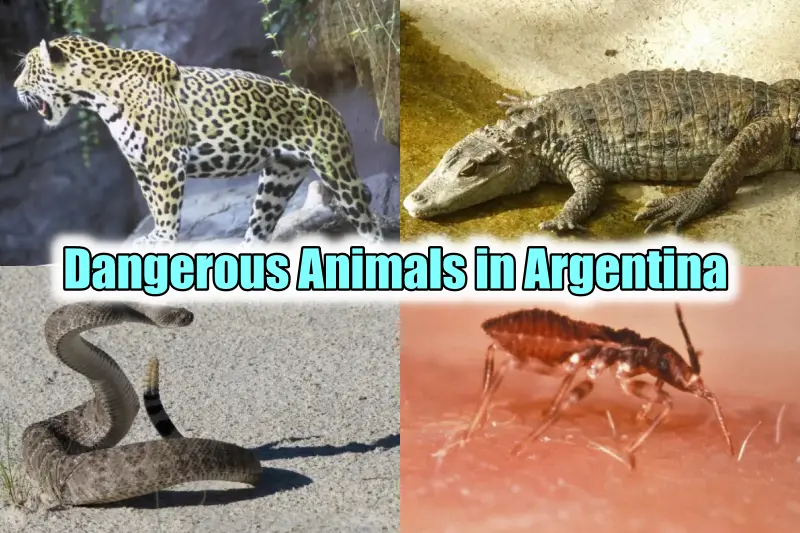Did you know that Argentina is well-known for more than just its love of soccer and the Tango? The largest nation in South America, occupying over half of the continent, gives us many good reasons to travel and explore its distinctive features, including stunning geography, biodiversity, cuisine, and various climate subjects. Argentina is home to many fascinating creatures, including some dangerous animals you must be cautious around during your visit. Here is a list of most dangerous animals in Argentina you must be aware of. Happy Scrolling!
Top 10 Most Dangerous Animals in Argentina
10. The kissing bugs – Cause of Chagas Disease
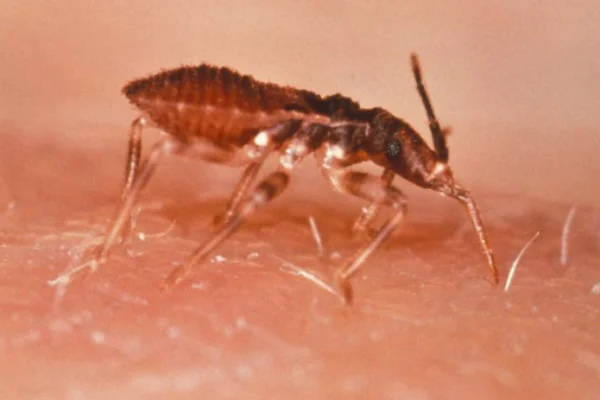
| Scientific Name | Triatoma infestans |
| Size | Half to one inch long |
| Location | Southern Argentina |
Kissing bugs are insects of the Reduviidae family. The most notable species in Argentina is Triatoma infestans. They frequently bite the face of people and other animals, hence gaining the name “kissing bug.”
The bugs do not hurt when they bite you, but they can spread the parasite Trypanosoma cruzi, which is the cause of Chagas disease.
Argentina is one of many countries in Latin America where Chagas disease is a common and possibly fatal condition.
When a kissing bug feeds on the blood of an infected host, it contracts the parasite, which can subsequently spread to other people through its feces.
9. Black Widow Spiders – One with Neurotoxic Venom
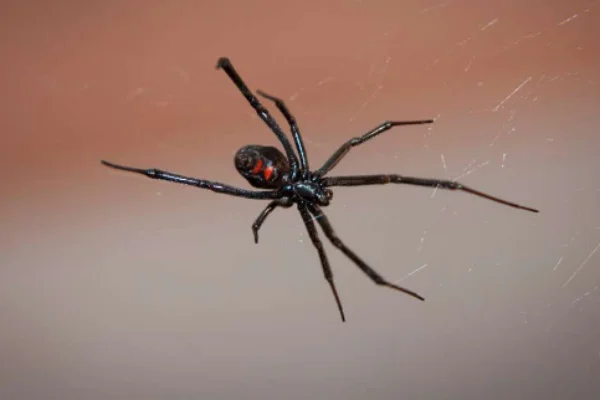
| Scientific Name | Latrodectus mactans |
| Size | About 12mm |
| Location | Northern provinces like Jujuy, Salta, etc. |
Known sometimes as the southern black widow, the black widow spider (Latrodectus mactans) is widespread throughout the country which certainly made us count it among the dangerous animals of Argentina.
While the cases of their bites are quite uncommon, they are still too lethal for human interactions.
Venomous spiders (black widow) have neurotoxic venom that can cause severe pain and discomfort if absorbed.
The majority of bites happen when victims accidentally come into contact with the spider, such as when they handle firewood or other objects where the spiders may be hiding.
8. Yellow scorpion – Creepiest Insect
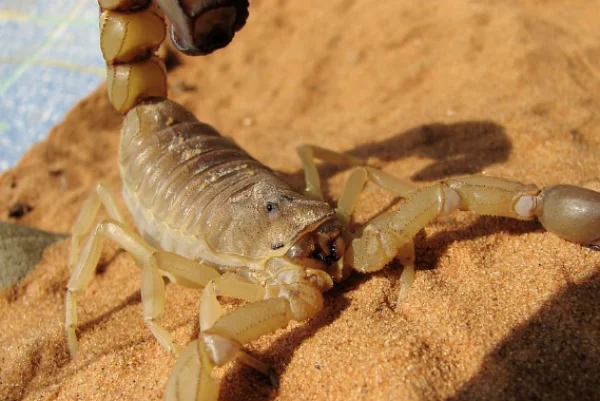
| Scientific Name | Tityus trivittatus |
| Size | 50-70mm |
| Location | Buones Aires |
The deadly yellow scorpion (Tityus trivittatus) is a common sight in urban and suburban areas of Argentina, especially in the province of Buenos Aires.
The yellow scorpion’s dangerous venom results in extremely painful stings. The sting can cause severe pain, regional swelling, and other painful symptoms, even while it normally does not pose a risk to life.
Besides, the sting can be more harmful and even lethal in susceptible populations including small children, the elderly, or people with allergies.
7. Coral snakes – Small But Vicious
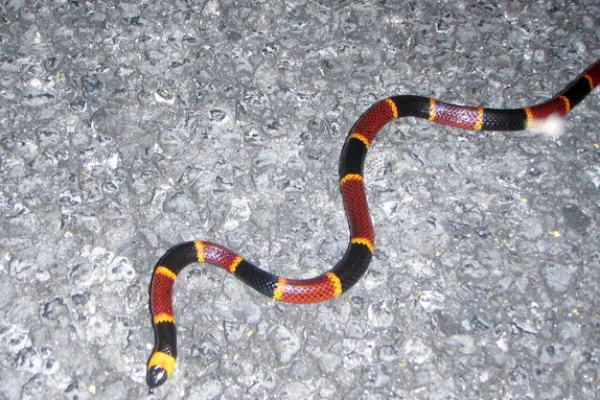
| Scientific Name | Micrurus pyrrhocryptus |
| Size | 46-76cm |
| Location | Dry Chaco |
The highly venomous coral snakes (Micrurus spp.) live across the Americas, including certain regions of South America. They might look beautiful to the eyes but many reasons got them included in the top 10 dangerous animals in Argentina.
Some other non-venomous snakes may have color patterns that are comparable to those of coral snakes. Although the coral snakes have a distinguishing banding pattern of red, yellow, and black.
South America, namely the Dry Chaco, is where you can find it.
6. PUMA – Mountain Lion
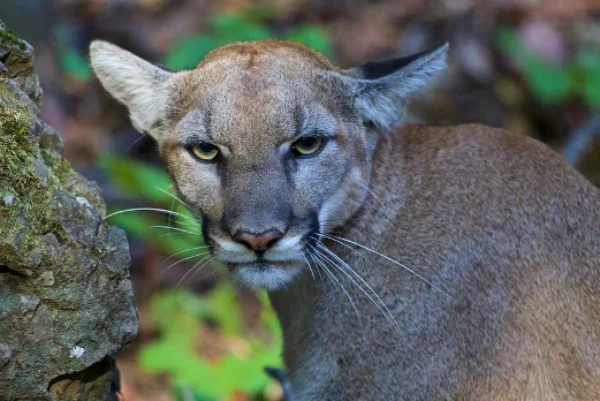
| Scientific Name | Puma concolor |
| Size | 10-12 feet |
| Location | Andes deserts, tropical & sub-tropical forests, Pampas grasslands, etc. |
Argentina’s diverse landscapes are home to the puma, often known as the cougar or mountain lion. These big, ferocious cats are indigenous to the Americas.
Pumas reside in a variety of habitats throughout Argentina, including forests, grasslands, and hilly regions.
The puma is the largest species of wild cat in South America, and it mostly eats deer, guanacos, wild boars, and other smaller mammals as prey.
Pumas are lonely and elusive creatures; thus, they often avoid interacting with people. Human attacks by pumas are rare.
However, encounters can happen in places where human activity encroaches on the puma’s native habitat.
5. Jararaca – Dangerous Slender Reptiles
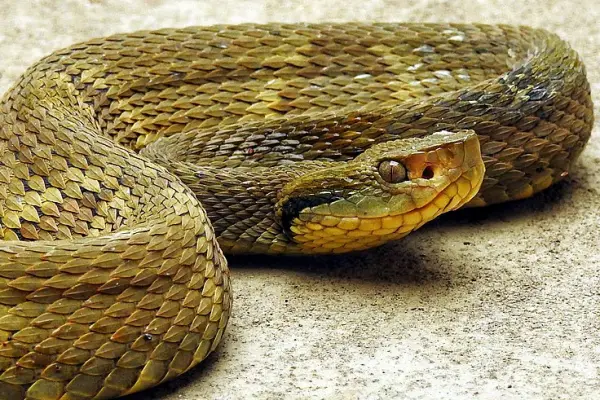
| Scientific Name | Bothrops jararaca |
| Size | Maximum 160cm |
| Location | Northern province (Misiones) |
Although the average length is typically shorter, this slender, terrestrial species can reach a maximum length of 160 cm. Argentina people call them yararaca and yararaca perezosa.
It is the most well-known venomous snake in the affluent and densely inhabited regions of southeastern Brazil, where it caused 52% (3,446 cases) of snakebite cases between 1902 and 1945, with a 0.7% mortality rate (25 deaths).
These poisonous snakes are found throughout Argentina but are more common in the north and northeast.
Bite wounds from jararacas can be lethal. They tend to stay away from people, yet, like many other dangerous snakes do.
4. Vampire Bat – Not Too Big, But Too Blood Thirsty
| Scientific Name | Desmodus rotundus |
| Size | 6.5-9cm |
| Location | Throughout Argentina but more commonly in North province |
The vampire bat (Desmodus rotundus) is a species residing in Argentina and other parts of Latin America. One of three vampire bat species, it is the only one that consumes the blood of mammals.
Blood of livestock, including horses and cattle, is what vampire bats in Argentina consume. They have sophisticated heat sensors on their noses that allow them to locate blood arteries close to the skin’s surface and create tiny incisions without disturbing their hosts.
In general, vampire bats are not particularly hostile to people. Although it happens infrequently, vampire bats have occasionally bitten humans.
3. Yacare Caiman – Dangerous Blend of Alligator & Crocodile
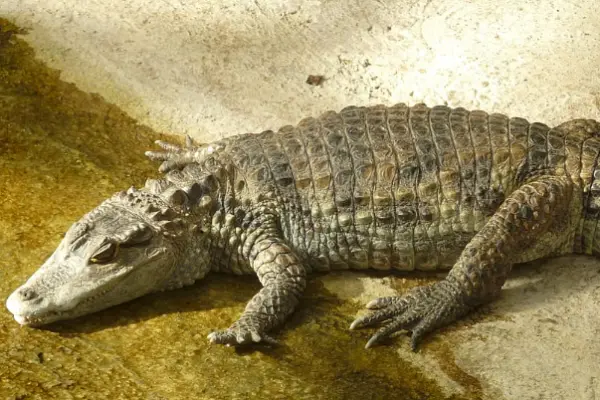
| Scientific Name | Caiman yacare |
| Size | 2-3 meters |
| Location | Misiones, Salta, Chaco, Formosa, etc. |
Caimans are semi-aquatic reptiles that are native to Central and South America. These animals, related to both alligators and crocodiles, can be found in brackish coastal areas, freshwater rivers, and swamps, among other aquatic habitats.
Caimans are notable top predators in the environment. They are notable for their strength, agile physique, razor-sharp fangs, and superb hunting abilities.
They drive into their prey with the help of their powerful jaws and row of cone-shaped teeth. Because they can’t chew, caimans swallow smaller prey whole.
They shred the flesh from large animals with their massive bodies, sharp teeth, and jaws. They keep larger prey species in underwater larders until they begin to decompose and become simpler to eat.
Depending on the species, caimans can grow to a length of 6 meters or 1.5 meters. These powerful predators hunt and eat a wide variety of animal products.
Due to their predominately aquatic habitat, major portion of their diet consists of small aquatic species including crustaceans, fish (like catfish and piranha), etc.
While big black caimans come onto shore at night to seek bulkier meals, like humans. Consequently, coming into contact with caimans could be fatal.
2. Jaguar – The Deadly predators
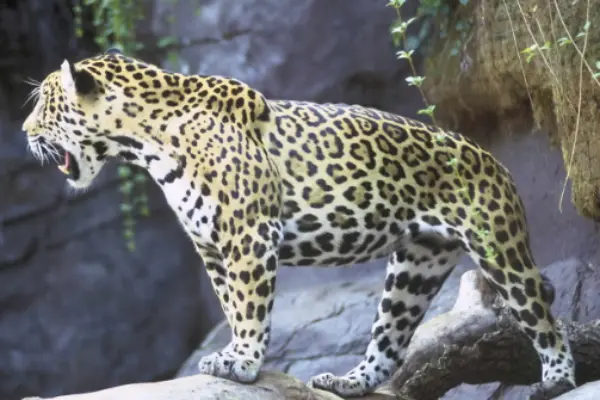
| Scientific Name | Panthera onca |
| Size | 2.5 meters or more |
| Location | Ibera wetlands |
Jaguars are the apex predators which make in the list of most dangerous animals of Argentina. Each year, their assaults result in multiple fatalities worldwide.
Averaging more than 2.5 meters in length and 110 kg in weight, the jaguar is the third-largest cat in the world. They primarily prey on a range of creatures, including deer, peccaries, monkeys, birds, fish, and even crocodiles.
Jaguars (Panthera onca) are fierce and tend to stay elusive. They attempt to avoid populated areas and prey on wild animals.
When jaguars interact with people, it often happens due to habitat loss that reduces the availability of their natural prey. Hence, they may occasionally target domestic animals, causing disputes with nearby communities and threatening human lives.
1. Rattlesnake – Venomous & threatening
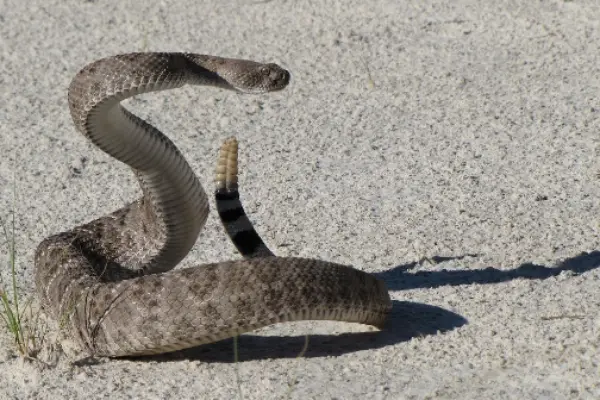
| Scientific Name | Crotalus durissus |
| Size | 1-8 feet long |
| Location | Northern provinces of Argentina |
Venomous pit vipers called rattlesnakes (Crotalus durissus) can be found across Argentina. Although they rarely attack, these long, limbless reptiles are extremely dangerous, so one wouldn’t want to come across them by accident.
Majorly rattlesnake bites in Argentina happen when humans accidently bother them outside. Otherwise, these snakes can be hostile. When disturbed, the snake could feel intimidated and attack to defend itself.
It’s crucial to remember that rattlesnake venom can be dangerous. However, because antivenom is readily available with good medical care, rattlesnake bite fatalities are pretty uncommon in Argentina.
Conclusion
It is wise to maintain your guard whenever you are near particular creatures, regardless of how fascinating you may find them. Despite their beauty, a few animals may threaten your life when you come into contact with them. There are many more harmful creatures in the world, much like those in the list above of the most dangerous animals in Argentina. Therefore, it becomes crucial to control your curiosity and engage with wild animals only under expert surveillance.
And with that, we draw the conclusion of this post, which was put together utilizing the most comprehensive data we could find and verified facts. Remember to check the previous ones till we come up with another post.
FAQs
Q1. What are the dangerous animals in Argentina?
Ans. In Argentina, the most prevalent sources of danger are the lethal snakes and spiders. This includes coral snakes, South American rattlesnakes, and the deadly Jararaca pit viper. In addition, while you are in Argentina, you run the risk of being bitten by black widow spiders.
Q2. What is Argentina’s most dangerous animal?
Ans. Argentina is home to rattlesnakes, which are poisonous pit vipers. Because of the lethality of their bites, they are regarded as the most dangerous animals in Argentina.
Q3. What animal is only found in Argentina?
Ans. Argentina is home to the Chubut steamer duck, sometimes known as the white-headed flightless steamer duck (Tachyeres leucocephalus).
Q4. Are snakes found in Argentina?
Ans. Argentina is home to an abundant snake population, some of which are deadly. They essentially fall into three groups: coral snakes (7 species), rattlesnakes (1 species), and pit vipers (10 species).
Q5. Which Argentina animals are the coolest?
Ans. Argentina boasts lush landscapes, thickets rich with wildlife, and a great diversity of organisms. Numerous rare species, including giant otters, giant anteaters, deer-like hares, jaguars, howler monkeys, capybaras, and anacondas, can be encountered in the country.
Q6. Do Harpy Eagles live in Argentina?
Ans. The harpy is a rare bird that inhabits South and Latin America, classified as “near threatened.” In Argentina, their numbers are at an all-time low. This creature fairly deserves the title of a dangerous animal. And one should approach them with great caution. The eagle could easily puncture the skull of a human if it wanted to. The harpies typically hunt animals like sloths and monkeys. They have occasionally been known to attack humans, though.
Also Read:

Anjali Prasad, a B. Pharm. graduate who works as a content writer for HowItSee, is based in Delhi. Except for her, not many people take the typical road from healthcare to writing. Her love of writing stemmed from her involvement in the college literature society and her early journaling at the age of 7. Hence, the love of learning and the spirit of exploration are what drew her to this career. You can find her on common social media like Instagram.
